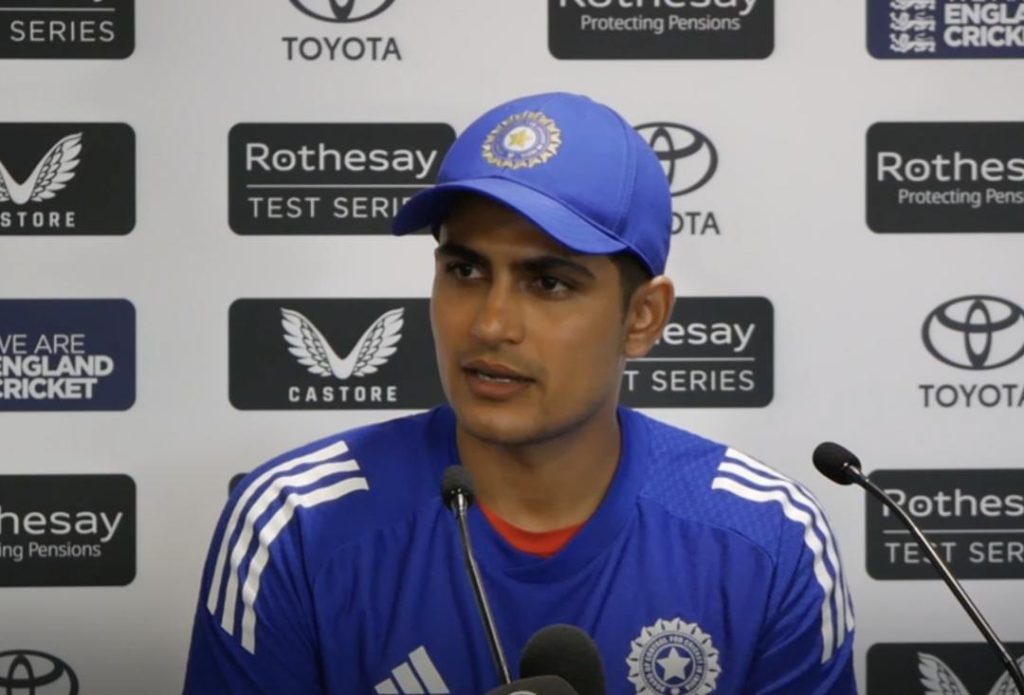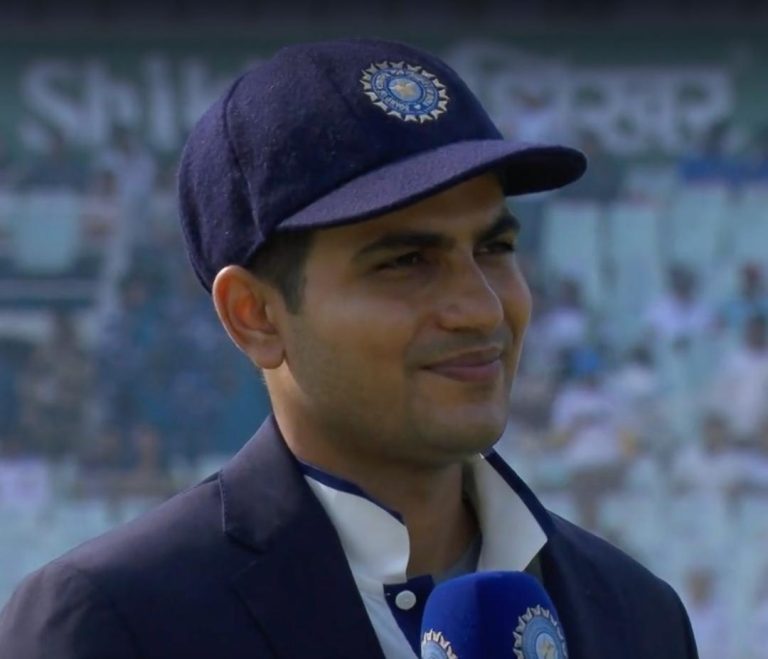
The Game Loses its Essence: Gill on Flat Pitches & Dukes Ball
The ongoing Test series between England and India has been a subject of much debate, with many cricket enthusiasts questioning the quality of the pitches being prepared for the matches. India’s Test captain, Shubman Gill, has added his voice to the chorus, stating that the combination of flat pitches and the Dukes ball is making the game challenging for the bowlers. In an interview, Gill expressed his concerns about the lack of assistance for the bowlers, which he believes is altering the very essence of the game.
The Dukes ball is known for its ability to swing and seam, making it a challenging proposition for batsmen. However, when used on flat pitches, the ball loses its potency, making it difficult for bowlers to make an impact. Gill pointed out that the bowlers are aware that they will only get about 20 overs of assistance from the pitch, after which they will have to spend the rest of the day on the defensive, trying to stop runs from flowing. This, he believes, is taking away from the excitement and unpredictability of the game.
The problem of flat pitches is not unique to this series, however. It has been a persistent issue in international cricket, with many teams complaining about the lack of variation in the pitches. The Indian captain’s comments have sparked a heated debate among cricket fans, with some agreeing with his sentiments while others believe that the responsibility lies with the bowlers to adapt to the conditions.
One of the main concerns about flat pitches is the lack of entertainment value for the fans. When the ball is doing little to nothing, the game can become a dull and uneventful affair. The absence of swing and seam can make it difficult for the bowlers to take wickets, leading to long periods of defensive cricket. This can be frustrating for fans who are used to seeing exciting and unpredictable cricket.
Another issue with flat pitches is the lack of preparation for the batsmen. When the ball is skidding on, batsmen need to be able to adapt to the conditions and adjust their game accordingly. However, when the pitch is flat, batsmen can become complacent and rely too heavily on their technical skills. This can make it difficult for them to score runs, as they are not being forced to think on their feet and make adjustments.
The Dukes ball, on the other hand, is a different story altogether. The ball is renowned for its ability to swing and seam, making it a challenging proposition for batsmen. However, when used on flat pitches, the ball loses its potency, making it difficult for bowlers to make an impact. The Indian captain believes that the combination of flat pitches and the Dukes ball is making the game difficult for the bowlers, who are being forced to rely too heavily on their defensive skills.
Gill’s comments have sparked a debate among cricket fans, with some questioning the role of the bowlers in adapting to the conditions. While it is true that bowlers need to be able to adjust to the conditions, it is also the responsibility of the pitch curators to prepare surfaces that are challenging for both batsmen and bowlers. The Indian captain’s comments highlight the need for a balance between the two, with pitches that offer some assistance for the bowlers while still providing a challenging surface for the batsmen.
In conclusion, Shubman Gill’s comments about the combination of flat pitches and the Dukes ball have raised important questions about the state of the game. The Indian captain believes that the lack of assistance for the bowlers is taking away from the excitement and unpredictability of the game, making it difficult for fans to enjoy. The issue of flat pitches is not unique to this series, and it is high time that the authorities took steps to address the problem. By preparing pitches that offer some assistance for the bowlers while still providing a challenging surface for the batsmen, the game can regain its essence and become more exciting for fans.




